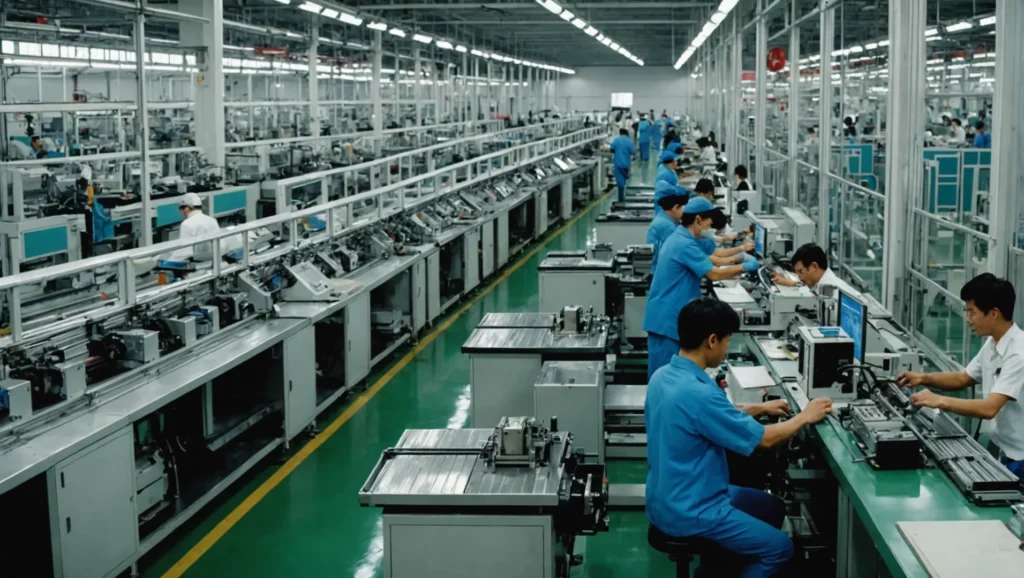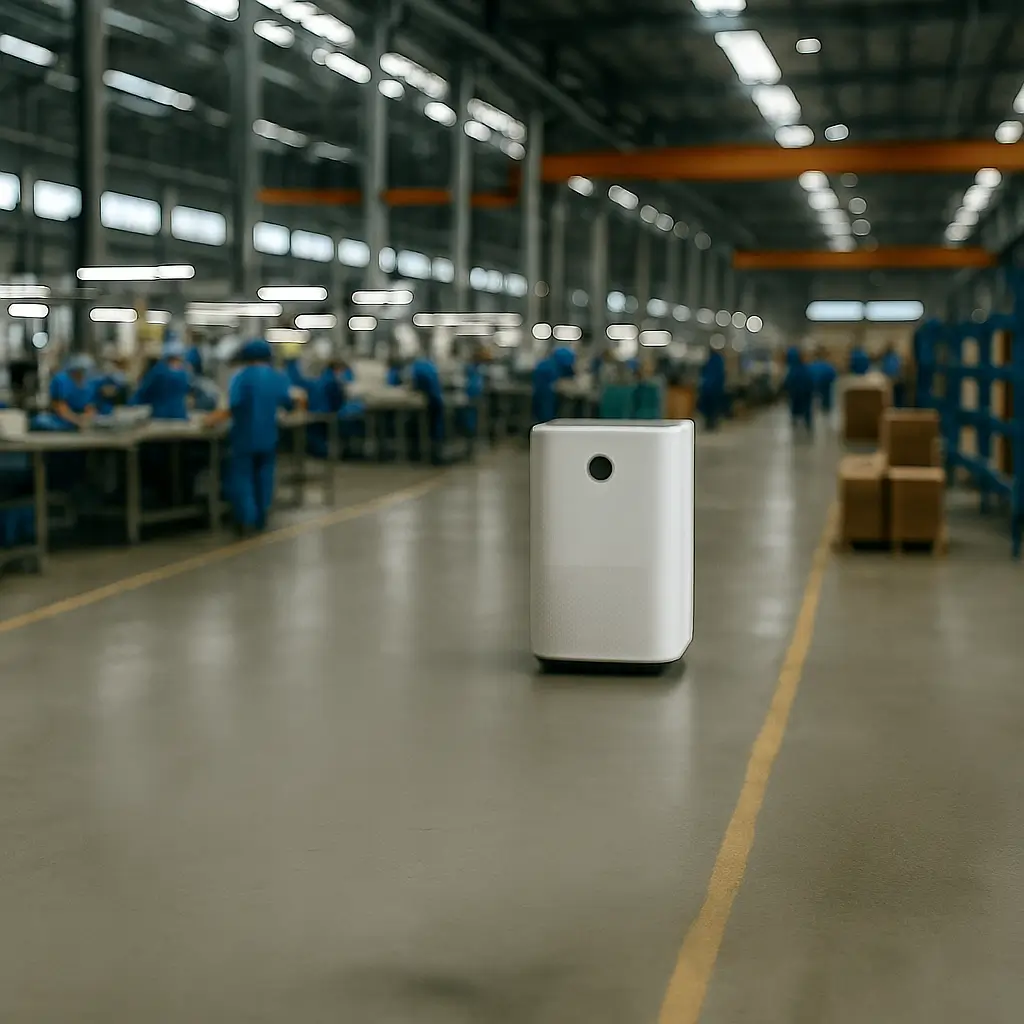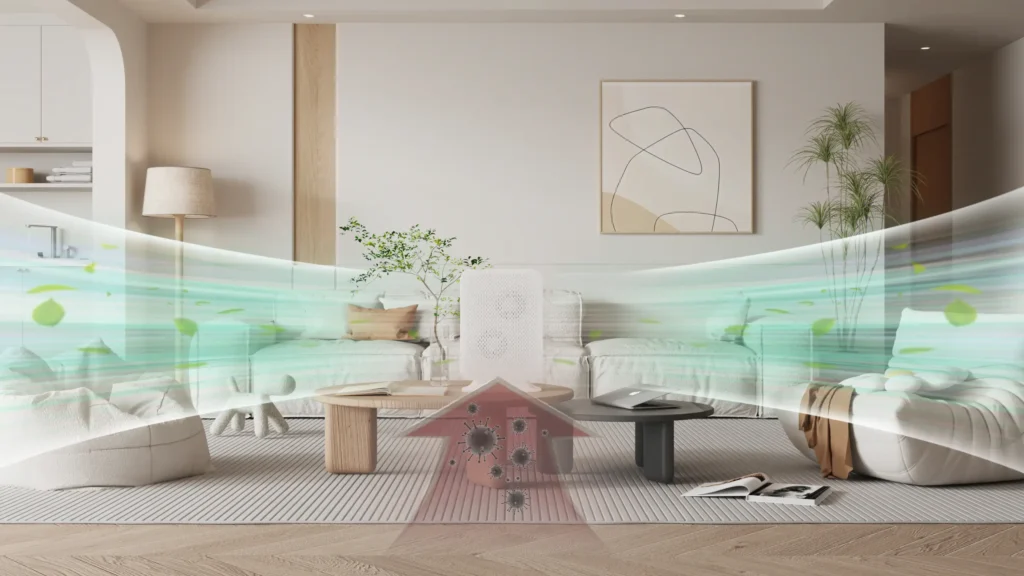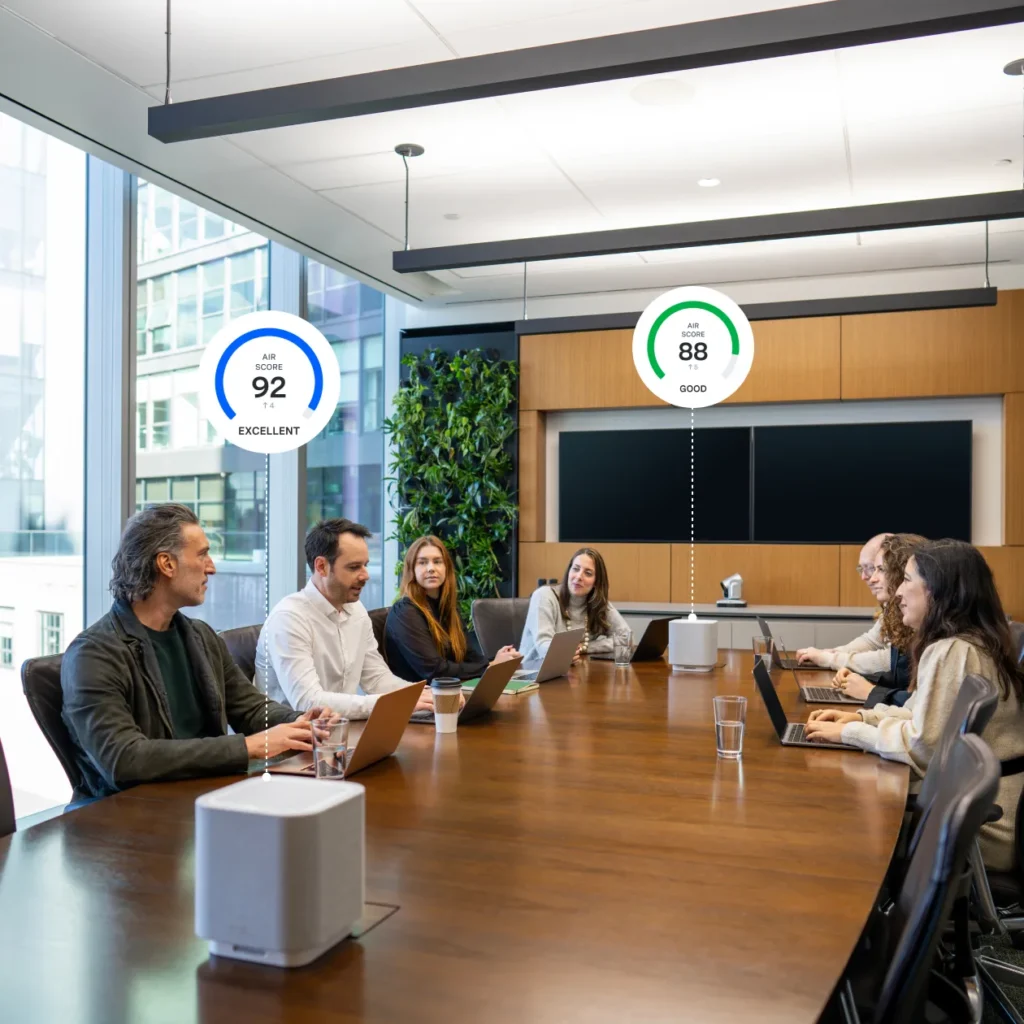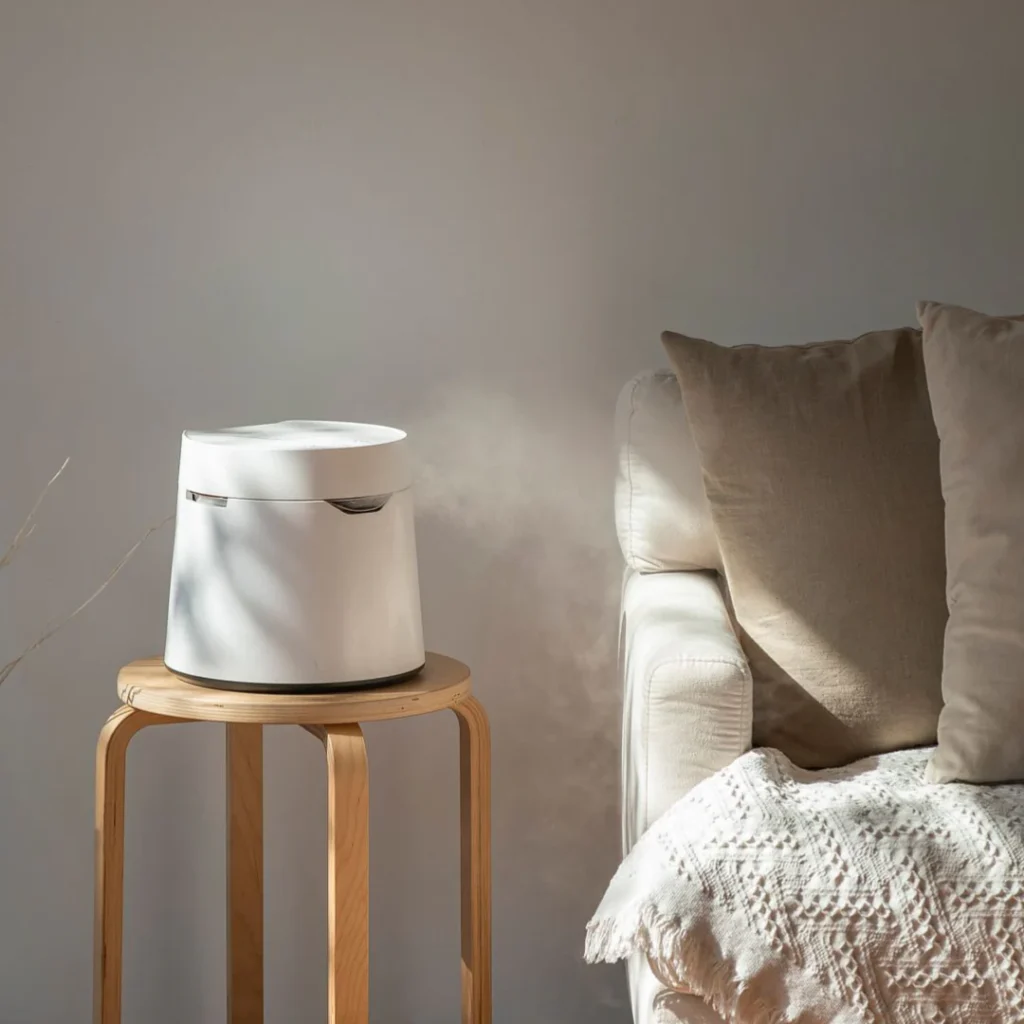
業務用空気清浄機に関するOSHAの詳細な規則を読み解くのは、大きなパズルを解くようなものだ。
空気清浄機が商業プロジェクトのOSHA基準を満たしていることを確認するには、その性能指標、安全要件、メンテナンス手順を評価することが不可欠です。これには、浄化効率、騒音レベル、安全機能が国の規制に準拠していることの確認も含まれる。
これは基本的な理解を与えてくれる。完全なコンプライアンスに到達するための完全な明確性を見つけるために、各パートをもっと勉強してください。詳細な行動、トッププラクティス、専門家の見解など、コンプライアンスへの道筋をたどりやすくするためのヒントが見つかるでしょう。
空気清浄機は、OSHA基準を満たすためにHEPAフィルターを備えていなければならない。偽
OSHAはHEPAフィルターについて直接は求めておらず、一般的な空気清浄度を重視している。
業務用空気清浄機の主要性能指標とは?
業務用空気清浄機の重要な対策を知ることは、優れた空気品質を実現するために不可欠である。
業務用空気清浄機の主な性能指標には、浄化効率、騒音レベル、風量が含まれる。これらの指標は、商業環境における空気の質を改善する空気清浄機の効果に直接影響します。

浄化効率の理解
精製効率は最も重要なことのひとつである。 パフォーマンス指標1 業務用空気清浄機。これは、ホコリや花粉、その他の浮遊粒子など、空気中の汚染物質を除去する装置の能力のことです。高い浄化効率は、空気清浄機が室内の空気汚染を効果的に低減することを保証します。これは、空気の質が健康と生産性に大きな影響を与える可能性がある商業環境では不可欠です。
どのように測定するか:
- クリーンエア供給率CADR): この指標は、清浄機によってろ過された空気の量を示し、単位は立方フィート/分(CFM)です。より高い CADR の値は、より良いパフォーマンスを示唆している。
- フィルター技術: HEPAや活性炭など、使用するフィルターの種類も効率に影響する。
騒音レベルの評価
特にオフィスやレストランなど、過度の騒音が迷惑になるような環境では、騒音レベルは重要な検討事項です。業務用空気清浄機は、性能と運転時の静粛性のバランスを保つ必要があります。
騒音レベルに影響を与える要因:
- ファンスピード: 通常、スピードが速いと騒音も大きくなる。速度が可変のモデルを探そう。
- デザイン: 全体的なデザインと造りの良さも騒音低減に貢献する。
風量能力の評価
風量容量は、多くの場合、次のようにリンクされている。 CADRこれは、清浄機が特定の時間枠内で処理できる空気量を示します。これは、すべてのエリアが十分に浄化されるように高い能力が必要とされる広いスペースでは特に重要です。
| 清浄機モデル | CADR (CFM) | 推奨ルームサイズ |
|---|---|---|
| モデルA | 300 | 400平方フィートまで |
| モデルB | 450 | 最大600平方フィート |
定期的なメンテナンスの重要性
直接的な性能指標ではありませんが、定期的なメンテナンスによって、空気清浄機が最高の効率で機能し続けることができます。これには、メーカーのガイドラインに従ったフィルターの交換や部品のクリーニングなどが含まれます。
これらの指標がどのように相互作用し、どのような意味合いを持つのかを包括的に理解するためには、次のような方法がある。 空気の質2専門家のレビューを参考にし、詳細な製品比較を行うことを検討してください。
HEPAフィルターは空気浄化に最も効率的である。真
HEPAフィルターは99.97%の粒子を捕捉し、空気の質を高めます。
ファンの回転数を上げると、空気清浄機の騒音レベルが下がる。偽
ファンの回転数を上げると騒音が大きくなり、設定を変えると騒音が小さくなる。
安全要件は空気清浄機の設計にどう影響するか?
安全規則は空気清浄機の製造方法に大きく影響する。これにより、ユーザーの安全が保たれ、製品の信頼性が保証される。
安全要件は、事故を防止し、国家規格への準拠を確実にするために、電気的安全性、材料の選択、操作上の特徴を指示することにより、空気清浄機の設計に影響を与えます。
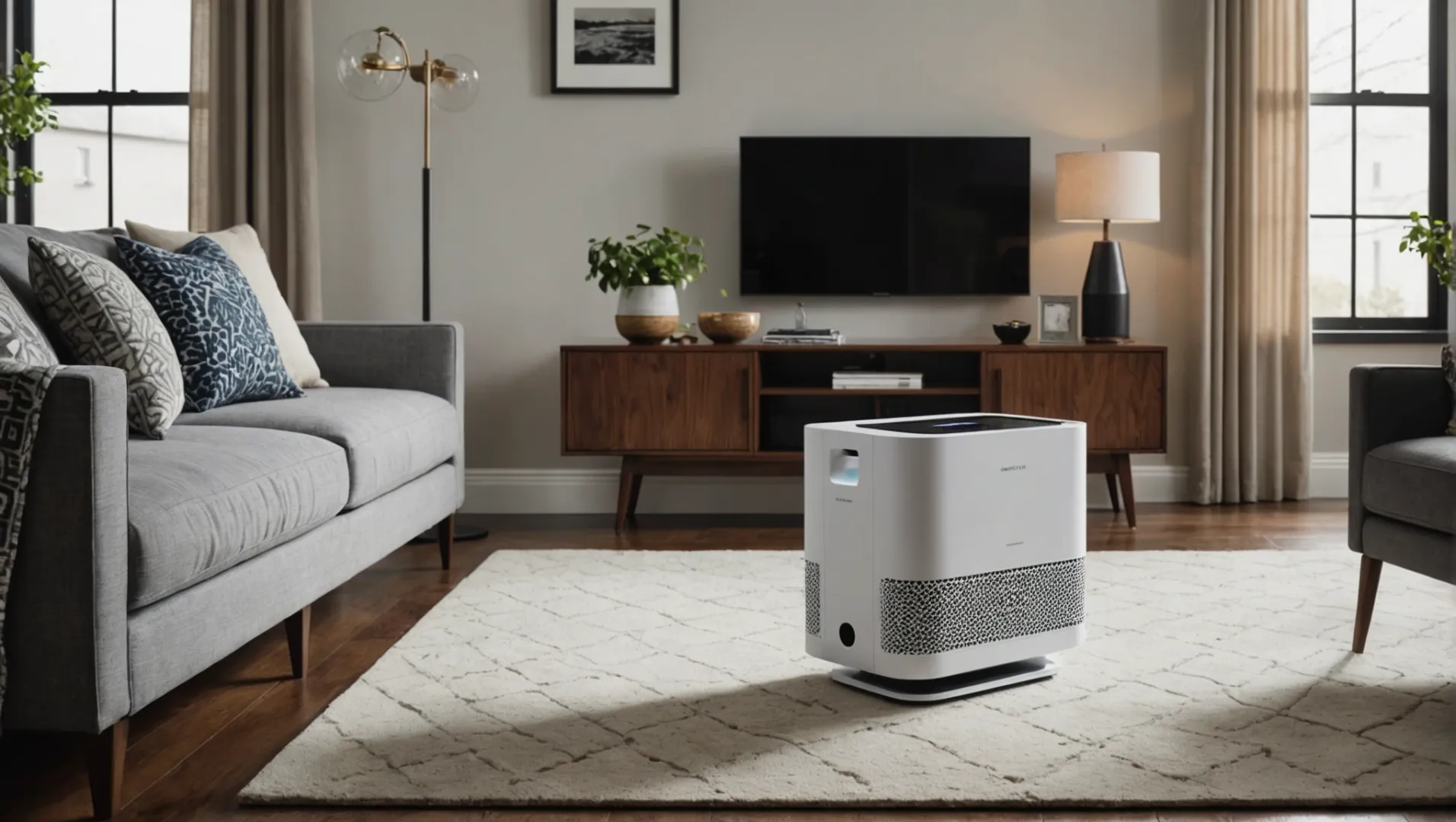
電気安全を理解する
電気機器の安全性は 空気清浄機のデザイン3.空気清浄機は、しばしば数週間ノンストップで作動するため、強力な電気部品が必要となる。設計者は、短絡や電気火災を防ぐために、すべての電気回路を絶縁し、接地する必要があります。IEC 60335のような国内および国際的な安全規則に従っていることは、その製品が信頼に足るものであることをユーザーに示すことになる。
素材の選択と耐久性
空気清浄機の素材は安全性のために不可欠である。メーカーは、強度と耐火性を兼ね備えた素材を必要としている。特に機械が一日中働くような場所では、このステップによって火災のリスクが軽減される。世界的な持続可能性目標を達成するため、環境に優しい素材を選ぶ設計者も増えている。
爆発危険の防止
場所によっては、不安定なガスや化合物による爆発が非常に懸念される。このような場所用の空気清浄機には、このような危険を察知し、低減するための特別なフィルターとセンサーが装備されています。防爆設計は、ヨーロッパのATEXやアメリカのNECなどの規格に準拠しています。
規制遵守とテスト
空気清浄機のデザインは、市場に出回る前に厳しいテストを通過する。テストでは、騒音、効率、安全面がチェックされる。設計チームは、UL、CE、CSAマークなどの規格を確認するため、第三者機関の研究所と頻繁に連携しています。規制の変更を理解することは、継続的なコンプライアンスに役立ちます。
ユーザー安全機能
最近の空気清浄機には、多くの安全機能が備わっている。オーバーヒートやフィルターの詰まりによる自動停止、チャイルドロック、メンテナンスのための簡単な警告などである。各機能は、ユーザーとのインタラクションを向上させ、起こりうる危険を減らそうとしている。
これらの安全ニーズに焦点を当てることで、メーカーは消費者との信頼関係を築き、信頼性が高く有用な製品を作ることができる。これらの要素は設計プロセスの鍵となり、空気清浄機の開発を形作る。
空気清浄機の設計において、電気的安全性は極めて重要である。真
電気的安全性は、空気清浄機がうまく機能し、火災を食い止めるのに役立つ。
すべての空気清浄機は環境に優しい素材を使用しています。偽
グリーン素材を使用しているものもあるが、すべての空気清浄機がそうとは限らない。
OSHA基準への準拠を保証するメンテナンス慣行とは?
OSHA基準を遵守するためには、業務用空気清浄機の性能と安全性の両方を守るための入念なメンテナンスが必要だ。
空気清浄機の定期的なメンテナンスには、フィルター交換、システム点検、OSHA基準に準拠した性能評価などが含まれる。これらの実施は、運転効率を維持し、安全機能が損なわれていないことを確認し、法規制の遵守違反を防ぐのに役立つ。
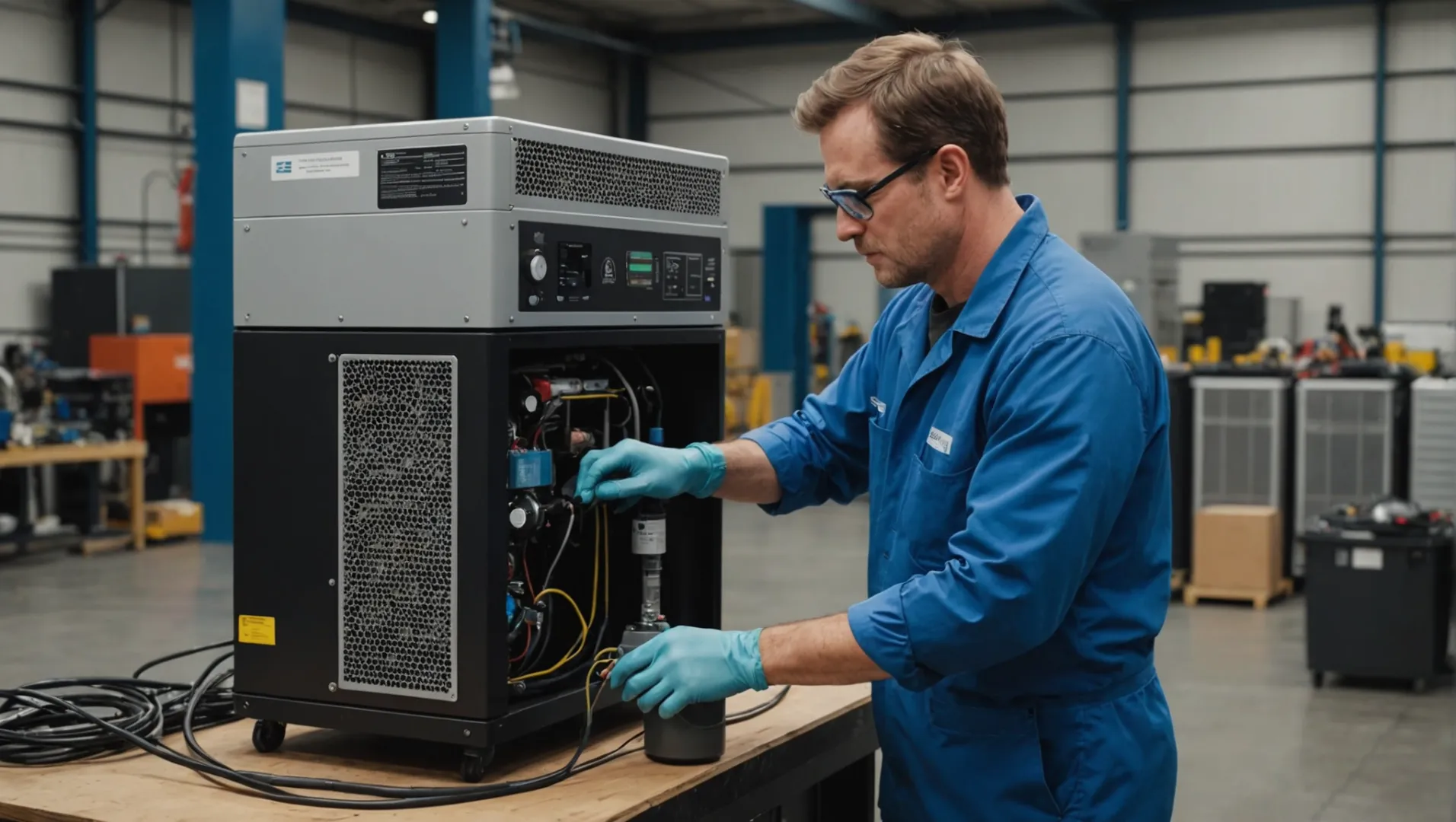
空気清浄機のケアに関するOSHA規則の理解
事業所での空気清浄機の取り扱いには、労働安全衛生局(OSHA)の規則に従うことが必要です。これらのガイドラインには、安全性と最適な性能を確保するために不可欠な実践方法が概説されています。
-
定期的なフィルター交換: フィルターは、製造元の推奨に基づいてチェックし、交換する必要があります。これにより、清浄な空気が維持され、清浄機が効率的に作動します。フィルターが汚れていたり、詰まっていたりすると、システムにストレスがかかり、安全上のリスクが生じます。
-
システムチェック: 定期的な点検が重要です。火災の危険を防ぎ、すべての部品が適切に機能するよう、電気部品を点検する。これらの点検は、重大な問題に発展する前に、摩耗や損傷を特定するのに役立ちます。
-
パフォーマンスチェック: 定期的な性能評価により、OSHA基準に従った浄化効率を維持することができます。エアフロー、クリーニング速度、ノイズレベルなどのパラメータを評価し、システムが効果的に機能しているかどうかを判断します。
ドキュメンテーションとコンプライアンス
コンプライアンスを実証するためには、すべてのメンテナンス活動の徹底した記録を維持することが極めて重要である。
-
メンテナンスに関する注意事項 フィルター交換、検査結果、修理など、すべてのメンテナンス活動を文書化すること。この文書化は、OSHA監査の際にしばしば要求される。
-
スタッフ教育: 空気清浄機を扱うスタッフのトレーニングも非常に重要である。トレーニングでは、安全な取り扱い手順、安全プロトコル、緊急時の対応などをカバーする必要がある。
よくあるケアの間違いとその回避法
しっかりとしたメンテナンス計画を立てていても、いくつかのミスがコンプライアンスを危うくすることがある:
-
小さな問題を無視する 異音やパフォーマンスのわずかな低下など、些細な問題は速やかに対処すべきです。早期に解決することで、より大きな問題の発生を防ぐことができます。
-
メーカーの説明書がない: 各浄化器には、従わなければならない特定のメンテナンス要件がある場合があります。 メーカーの指示を理解する4 がコンプライアンスの鍵である。
これらのケア方法を守り、よくある間違いを避けることで、企業は空気清浄機をOSHA規則に沿った状態に保ち、商業スペースで安全かつ効率的に作動させることができる。
OSHA遵守のため、定期的なフィルター交換が義務付けられている。真
OSHAの規則では、安全のためにフィルターを交換するなど、こまめなメンテナンスが必要だ。
空気清浄機の小さな問題を無視しても、コンプライアンスには影響しない。偽
小さな問題を無視することは、場合によっては拡大し、OSHAの規則に従わない結果となる。
OSHA大気質基準を満たすために避けるべき一般的な落とし穴はあるか?
OSHAの大気質規則に従うことは難しいかもしれない。成功するために、これらの間違いに気をつけましょう。
OSHA大気質基準を満たすための一般的な落とし穴には、定期的なメンテナンスの怠り、規制の誤解、不十分な性能モニタリングなどがある。コンプライアンスを確実にするには、積極的な管理、最新のガイドラインの遵守、有能な人材の雇用が必要である。
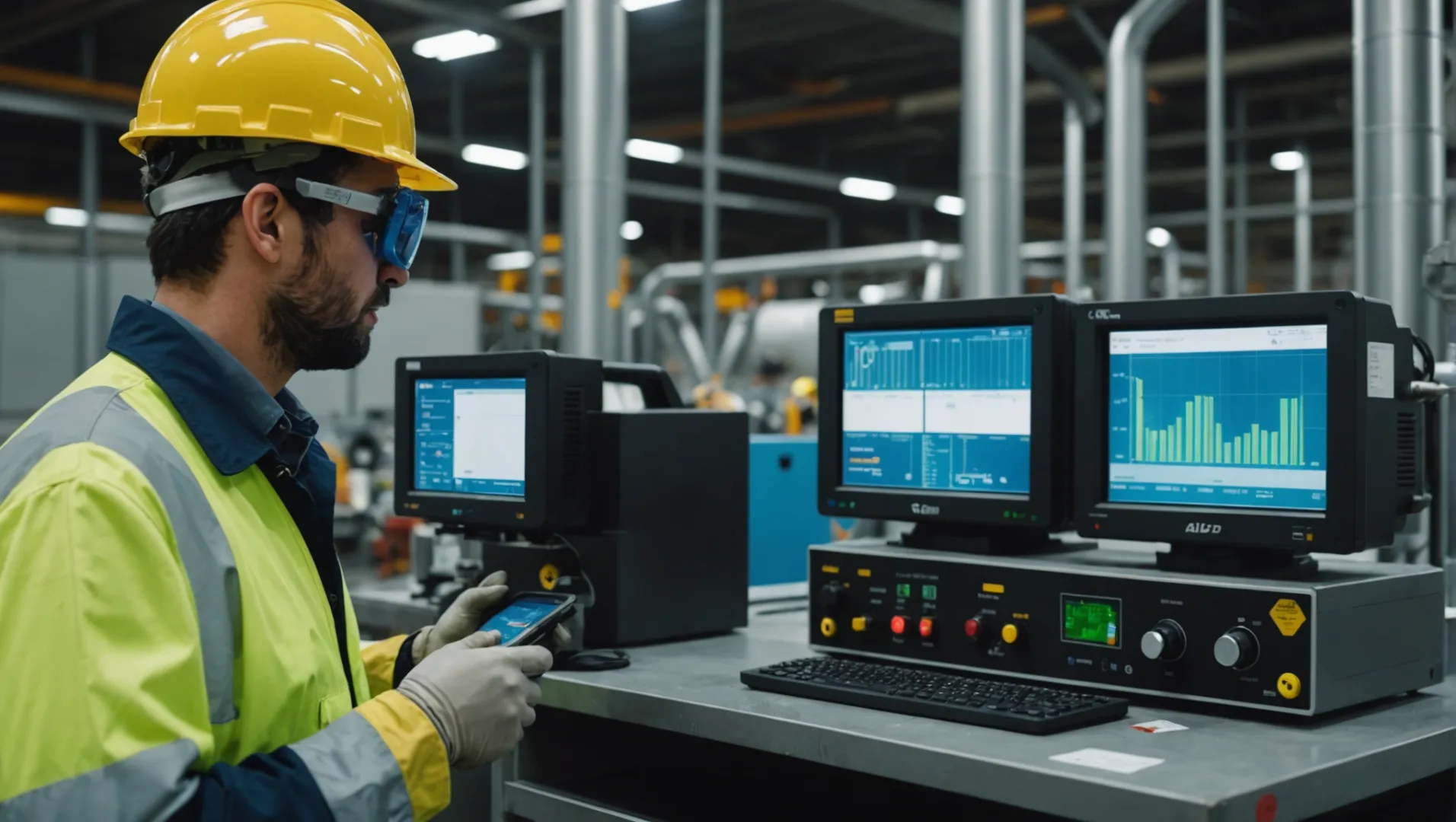
OSHA規則の誤解
企業が直面する最も一般的な落とし穴のひとつは、次のような誤解である。 OSHA規則5.企業は、すべての空気清浄機が自動的にこれらの基準を満たしていると思いがちだが、そうではない。適切な機器を選択するためには、許容暴露限界(PEL)や推奨される安全対策など、特定の要件を十分に理解することが極めて重要である。
定期的なメンテナンスの怠慢
定期的な手入れを怠ることもよくある問題だ。空気清浄機が効果的で安全であるためには、定期的なお手入れが必要です。このプロセスには、フィルターの交換、部品の清掃、点検などが含まれます。スケジュールを守らないと、性能の低下や潜在的な問題を引き起こす可能性があります。
| アップキープ・タスク | 頻度 |
|---|---|
| フィルター交換 | 3~6ヵ月ごと |
| 部品洗浄 | 毎月 |
| システムチェック | 四半期 |
パフォーマンス・チェック
空気清浄機がどの程度機能するかをチェックすることは、OSHAの規則に従うための鍵である。一部の企業はこのステップを見逃し、期限内に気づかない問題を引き起こしている。空気品質チェックのような定期的なテストを行うことで、問題を早期に発見できる可能性がある。
未熟練労働者の雇用
最後に、適切なスキルを持たない作業員を使うことは、コンプライアンスへの取り組みに支障をきたす可能性がある。空気品質システムの世話をする作業員は、訓練を受け、OSHA規則を知っている必要がある。投資対象 トレーニングプログラム6 おそらく、コンプライアンス(法令順守)の結果が向上するのだろう。
これらのよくある間違いを理解し、それを避けるための戦略を用いることで、企業は自社の空気品質システムがOSHA基準に準拠していることを保証することができる。
OSHAに準拠するためには、定期的なメンテナンスは不要である。偽
アップキープを無視することは、おそらく機能低下やルール違反につながる。
すべての空気清浄機は自動的にOSHA基準を満たしています。偽
すべての清浄機が規則に従っていると考えるのは、典型的な間違いだ。
結論
OSHAのルールに従うことで、より安全な職場が生まれます。空気の質を向上させ、規則を守るために、パフォーマンス、安全性、維持管理に集中する。常に最新情報を入手し、率先して行動する。
-
浄化効率を正確に測定する方法を発見してください。室内空気品質モニターは、空気清浄機が正常に機能していることを確認する簡単な方法です。また、このモニターは、空気清浄機が正常に機能しているかどうかを確認する簡単な方法でもある。 ↩
-
最適な空気の質を維持することがなぜ不可欠なのかを学びましょう:このガイドは、オフィスビルで働く人々が、室内の空気品質と快適性の問題の要因について学ぶことを目的としています。 ↩
-
電気機器の安全規格が、空気清浄機の確実な運転をどのように保証しているかをご覧ください:ほとんどの電気製品はユーザーの安全を考慮して設計されていますが、中には意図せずに室内の空気の質を低下させてしまうものもあります。古典的な ... ↩
-
メーカーから直接、正確なメンテナンス手順を学び、コンプライアンスを確保しましょう:商業施設や公共施設のエアフィルターは、破損の兆候やゴミ、密閉度が高くないか定期的に点検する必要があります。エアフィルター周辺は ... ↩
-
OSHA空気環境規制を理解し、遵守するために..:適切な換気とビルケアは、IAQ問題を予防し、解決することができる。OSHAにはIAQ基準はないが、換気に関する基準はある。 ↩
-
OSHAのコンプライアンススキルを高めるための効果的なトレーニングプログラムを発見する..:OSHA公認オンラインアウトリーチトレーニングプロバイダー - 360Training(OSHAcampus) - AdvanceOnline - CareerSafe(Youth Focus) - ClickSafety - HSI(Summit Training Source) ... ↩



